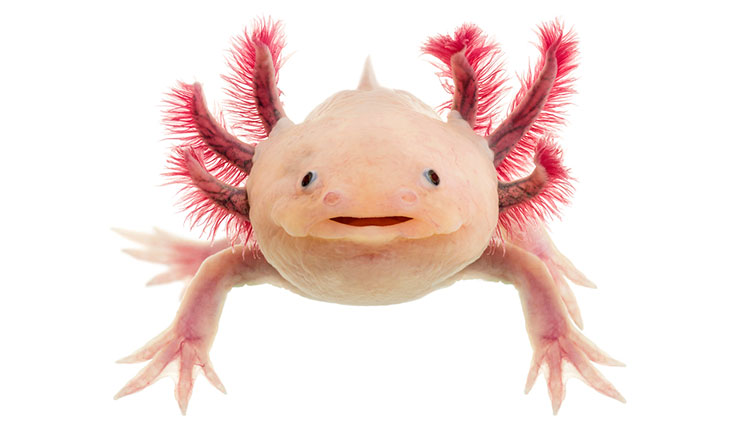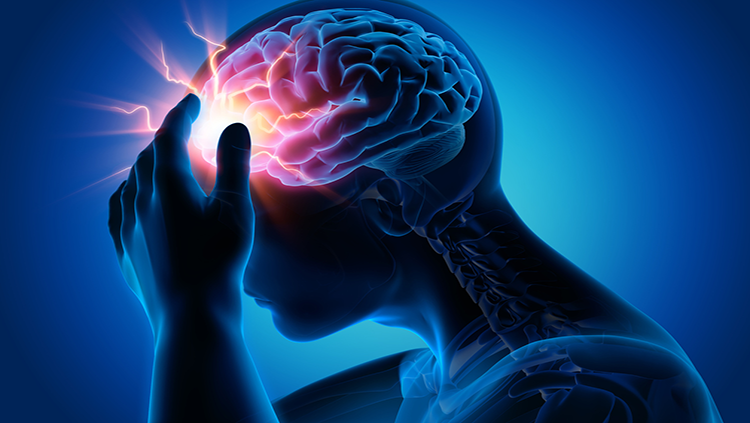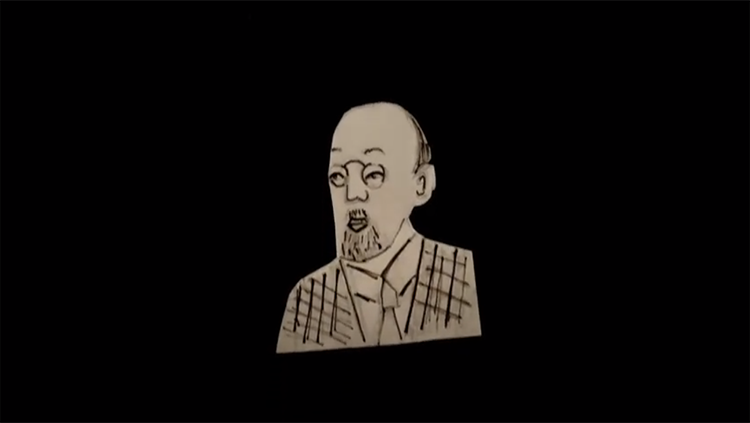Three Lesions, Three Lives
- Published6 Nov 2014
- Reviewed6 Nov 2014
- Source BrainFacts/SfN
Brain lesions are areas of brain tissue that have been damaged by injury or disease. The consequences of these lesions can be devastating, but they can have an unexpected silver lining by providing valuable insight into how the brain normally functions. Alison Caldwell, a graduate student at the University of California, San Diego, discusses three of the most famous case studies of brain lesions in this video, which won second place in the 2014 Brain Awareness Video Contest.
CONTENT PROVIDED BY
BrainFacts/SfN
Transcript
We might make jokes about “losing a few brain cells” - but what happens when you lose a LOT of brain cells all at the same time? What happens when you lose an entire part of your brain?
A brain lesion occurs when damage from an injury or disease occurs in an area of the brain. Brain lesions can be caused by many things, like traumatic head injuries, strokes, or tumors, and can occur in almost any brain region and be almost any size.
Brain lesions are absolutely no fun, but sometimes they have the “silver lining” of helping us learn something new about the human brain.Today, we’re going to talk about three of the “most famous brain lesions in history”, and how these devastating lesions were able to teach us some very important things about the structure and function of the human brain.
Lesion #1: Phineas Gage
In the 1840's, young Phineas Gage had a job setting explosive charges and blasting away rock with blasting powder, sand, and a tamping iron. If you know anything about gunpowder, you know that it doesn’t mix well with iron...maybe you can guess how this is going to end.
One afternoon, while packing down a charge with the tamping rod, Phineas set off an explosion that sent the iron rod shooting through his cheek and out the top of his head. Miraculously, Phineas did not die. A doctor cleaned up the wound and removed some brain that was still protruding from the top of his head before binding him up (gross, right?). Within a month, he was able to walk, talk, and live independently as he had before the accident. However, as Phineas recovered, it became apparent that he was not the same.
Before the accident, Phineas was a very responsible and hard-working man. He was well liked by his co-workers and employees. Following his accident, however, he lost his job, and those that knew him described him as a completely different person. He became easily irritated and used a great deal of foul language, described as “capricious” and impatient.
Phineas Gage’s injury had an enormous influence on discussions about the mind and brain - the injury he suffered to his left frontal lobe sparked research and conversation about brain damage and cerebral localization as it relates to personality.
The sensational nature of his injury and everything that followed have made Phineas Gage one of the most famous brain lesion patients in the world.
Lesion #2: Tan
French epilepsy patient Leborgne was nicknamed “Tan”, because “Tan” was the only word he was still able to say. The odd thing about Tan was that he did not appear to have any type of cognitive deficit; he seemed to perfectly understand everything said to him and was able to follow commands.
Dr. Paul Broca met Tan near the end of his life, and was immediately intrigued by him and his condition. Following Tan’s death, Broca performed an autopsy and found a lesion on the frontal lobe of his left cerebral hemisphere, just above his left eye. Broca called Tan’s loss of language an “aphasia”, and today this area of the brain is known as “Broca’s Area”. Damage to this particular region meant that a patient could still comprehend and respond to speech normally, with no other cognitive deficits, but would be unable to produce words or sentences in a meaningful way.
Patient Tan, and other lesion patients who had suffered from language deficits, revealed to Broca the phenomenon of speech localization. Patient Tan’s lesion proved to be extremely important for catapulting our understanding of human language - a field where we are still learning new things today.
Lesion #3: Henry Molaison, or (H.M.)
Henry Molaison was only a little boy when he had a bicycle accident that left him with severe epilepsy. His seizures became worse as he grew older, and by the age of 26, they were so frequent and so intense that he could not live anything resembling a normal life.
His doctors were able to pinpoint the origin of his seizures to Henry’s left and right medial temporal lobes - the hippocampus, amygdala, and part of the entorhinal cortex - and decided to remove the affected tissue. The surgery went smoothly and without any surprises - until Henry woke up.
After his surgery, Henry could still remember his name and his childhood, but could not remember any new events or facts. He couldn't form new memories.
For the rest of his life, Henry Molaison was the subject of intense psychological and neurological study. By working with Henry, scientists learned important things about the role of the hippocampus and amygdala in memory formation. Henry only had a deficit in his long-term memory; he was still able to form habits, like finding his way to the hospital dining room, and perform working memory tasks, like repeating a string of numbers. The study of Henry’s learning abilities helped clarify the connections and differences between types of memory. It is a strange irony that, because of his brain lesion, he never had any idea how famous he was. He spent the rest of his life in a hospital, waking up each morning thinking he was still 26.
So there you have it: three lesions, three lives. Despite the unfortunate circumstances that led to them, these individuals have helped inspire countless neuroscientists past, present, and future. New technology means that we don't have to rely on these kinds of injuries to uncover the secrets of the brain - but we shouldn't forget Phineas Gage, Patient Tan, and Henry Molaison, and the things we learned about our own minds from their lesions.
Also In Injury
Trending
Popular articles on BrainFacts.org

















